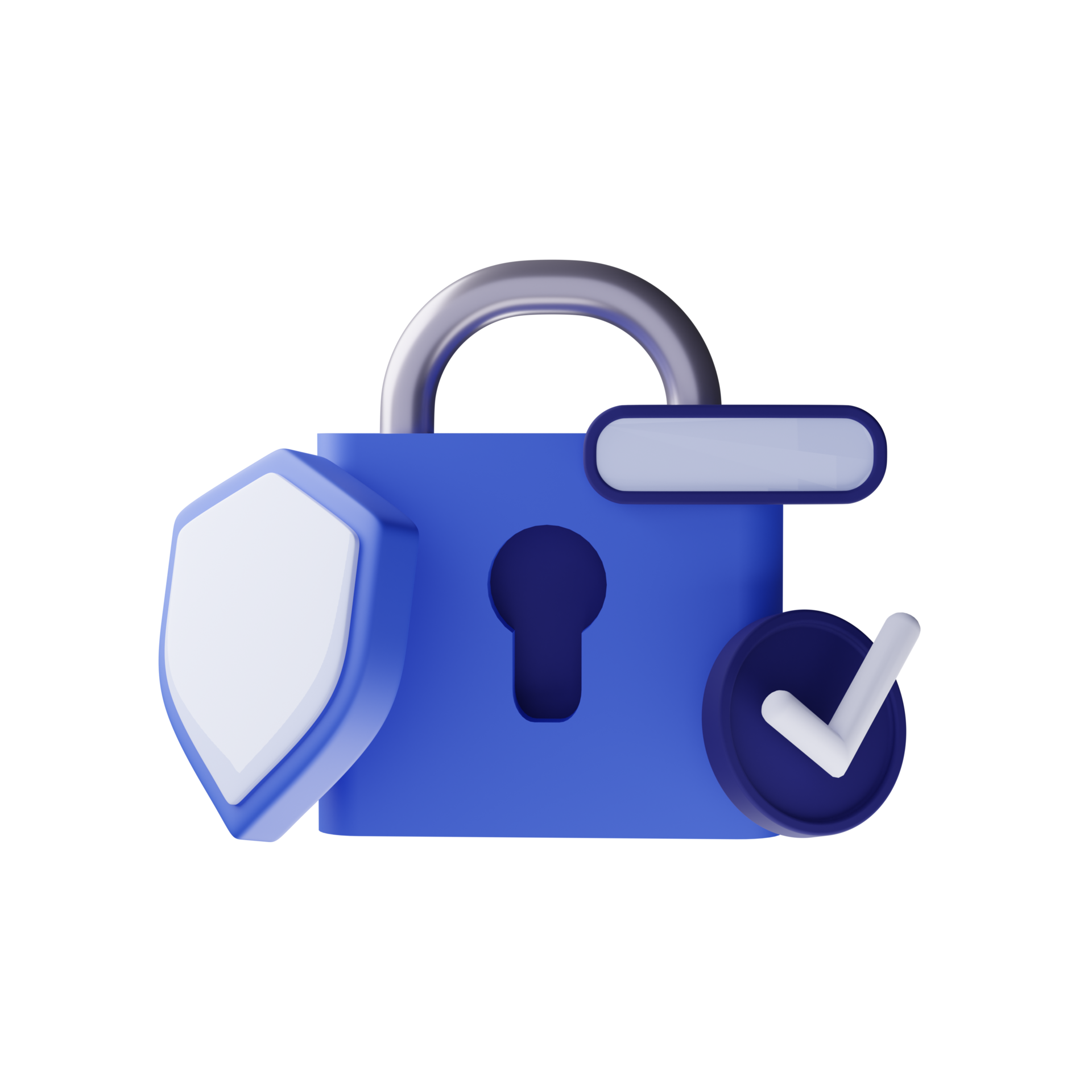
Online shopping has become such a fundamental part of our lives, hasn't it? From grabbing groceries to snagging that perfect birthday gift, the convenience is undeniable. But with all that online activity comes a very real need to prioritize security. I remember the first time I experienced a minor scare with online payments – it definitely made me sit up and take notice! Let's dive into how to make sure your transactions are safe and sound.
Why Secure Ways to Make Online Payments Matters in 2025
It’s 2025, and the digital landscape is even more interwoven with our daily routines. Consequently, the importance of secure ways to make online payments has skyrocketed. We're seeing increasingly sophisticated cyber threats, which means relying on outdated security practices just isn't an option anymore. Protecting your financial data isn't just about avoiding fraud; it's about maintaining your peace of mind and ensuring your online identity remains safe.
Think about it: we use online payments for everything from subscribing to streaming services to managing our bills. The sheer volume of transactions makes us targets. Plus, breaches at major retailers or online platforms are becoming more frequent, potentially exposing your payment information. Learning and implementing secure online payment practices is no longer a suggestion, but a necessity to safeguard your finances.
Common Challenges Around Secure Ways to Make Online Payments
Navigating the world of secure online payment methods can be tricky. One of the biggest challenges is simply staying informed. Scammers are constantly evolving their tactics, making it difficult to discern genuine websites from fraudulent ones. Phishing emails, fake social media ads, and cleverly disguised malware all contribute to the problem.
Another challenge is balancing convenience with security. We all want a quick and easy checkout process, but sometimes prioritizing speed over caution can leave us vulnerable. Weak passwords, reusing passwords across multiple sites, and skipping security updates can all compromise your online security. Understanding these common pitfalls is the first step in mitigating them.
Practical Tips About Secure Ways to Make Online Payments
Fortunately, there are many practical steps you can take to enhance your online payment security. Firstly, always use strong, unique passwords for each of your online accounts. A password manager can be incredibly helpful for generating and storing complex passwords securely.
Secondly, look for the "https" in the website address and the padlock icon in your browser's address bar before entering any payment information. This indicates that the website is using encryption to protect your data during transmission. Also, be wary of clicking links in unsolicited emails or text messages. It's always best to navigate directly to the website you wish to visit.
Thirdly, consider using a virtual credit card or a prepaid card for online purchases. These options limit the exposure of your primary credit card information, reducing the potential damage from a data breach. Finally, regularly review your bank and credit card statements for any unauthorized transactions. Promptly reporting any suspicious activity can help prevent further fraud.
How to Avoid Mistakes Related to Secure Ways to Make Online Payments
One of the biggest mistakes people make is neglecting to update their software and operating systems. These updates often include crucial security patches that protect against known vulnerabilities. Another common error is ignoring security alerts from your bank or credit card company. These alerts are often triggered by suspicious activity and should be taken seriously.
Avoid making purchases on public Wi-Fi networks, as these networks are often unsecured and can be easily intercepted by hackers. Use a secure, private network for all online transactions. Also, be cautious about sharing your payment information on social media or other online platforms. This information can be easily compromised and used for fraudulent purposes.
Daily Habits That Help with Secure Ways to Make Online Payments
Making secure online payments a part of your daily routine doesn’t have to be a chore! Start by enabling two-factor authentication (2FA) on all your important accounts. This adds an extra layer of security by requiring a second form of verification, such as a code sent to your phone, in addition to your password.
Another helpful habit is to regularly clear your browser's cache and cookies. This can help remove any stored information that could be used to track your online activity. Also, be mindful of the permissions you grant to apps and websites. Only grant access to the information they truly need to function. Finally, stay informed about the latest security threats and scams by following reputable cybersecurity news sources.
Teaching Others About Secure Ways to Make Online Payments
Sharing your knowledge about secure ways to make online payments with friends and family is a great way to help protect them from fraud. Explain the importance of using strong passwords, being wary of phishing scams, and regularly monitoring their bank statements. Offer practical tips and advice, and encourage them to ask questions if they're unsure about anything.
For older adults, who may be less familiar with technology, patience and clear explanations are key. Explain the basics of online security in simple terms and provide hands-on assistance. By empowering others with the knowledge they need to protect themselves, you can help create a safer online environment for everyone.
Final Thoughts on Secure Ways to Make Online Payments
The world of online payments is constantly evolving, but by staying informed and adopting these practical tips, you can significantly reduce your risk of becoming a victim of fraud. Remember, secure ways to make online payments aren't just a one-time fix; they're an ongoing process that requires vigilance and proactive measures. Take control of your online security and enjoy the convenience of online shopping with confidence.
